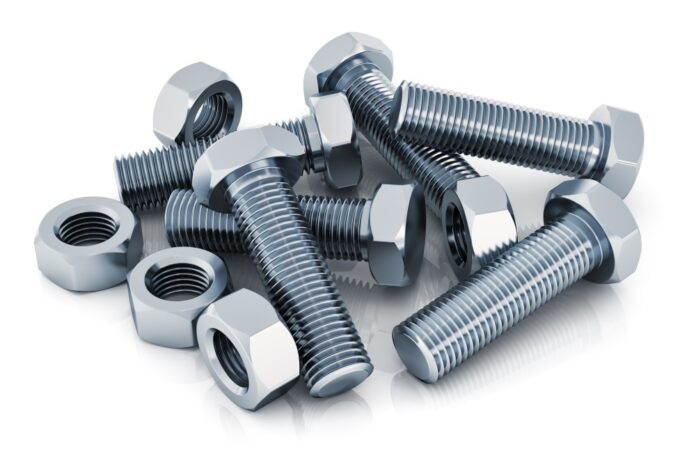Marine Grade Fasteners are made of marine-grade raw materials and are used in the marine sector to connect/join objects in a permanent/non-permanent way. Fasteners are metal pieces or components that are used to hold objects, elements, or components together.
The marine and also navy industries, for the most part, use specific fasteners that precisely adhere to maritime requirements.
Due to its construction, several types of Marine Grade Fasteners are used for various applications such as fixing, holding, lifting, locking, sealing, rotating, and others. Fair Wind Fasteners can supply various types of silicon bronze fasteners for marine applications.
Different types of bolts
- Hex head bolts
The most common bolt can be threaded partially or completely. It’s ideal for gluing two sections together tightly. Securing the alternator to the adjustment bracket is an example.
- Allen head bolts
It is similar to a hex head bolt, but the head is designed to fit into a socket and be flush with the surface.
- Carriage bolts
With a square counter sunk head, this bolt head has a low profile and is meant to “lock” into place. To fasten, a nut is required. Installation of bunks in a wooden trailer, for example.
- U-bolts
Threads on both legs of a “U” shaped bolt. Wrapping one part around another to secure it is ideal. Trailer pieces, for example, or bow eyes.
- Hanger bolts
The coarse threads of any lag bolt are combined with the fine threads of any machine bolt in this one-of-a-kind fastener. These fasteners are often used in wood to offer a threaded stud that may be secured with washers and nuts. Motor mounts and steering system brackets are two examples.
Few different types of nuts
- Hex Nuts
For general use, the most popular has six sides. Ideal for general-purpose applications that aren’t subjected to a lot of vibration. Can be used in conjunction with thread locking products for preventing vibration-induced loosening.
Installing through-bolted deck hardware, and mounting brackets meant for equipment or motor mounts are just a few examples.
- Nylon insert lock nuts
When subjected to vibrations, a thicker nut with a nylon ring prevents the nut from loosening. Professionally, this is considered a one-time use. For example, if you need the nut to stay tight, this is the tool to use.
- Barrel nuts
Threaded socket having a truss head is a one-of-a-kind design. Accepts bolts and machine screws and features a truss head with a low-profile Phillips/Allen socket. Portlights, deck hardware, and other installations that benefit from a low-profile head are examples.
- Castle Nuts
Hex nuts having a number of holes cut into one side for allowing cotter pins or wire to secure the nut and keep it from rotating. Prop nuts, for example.
- Cap nuts
Because of their shape, they’re also known as acorn nuts. These nuts are widely used to provide installations a polished look while also isolating the sharp edge of machine screws and bolts.
When using cap nuts, it is common to have to trim the surplus threads to get them to tighten properly.

